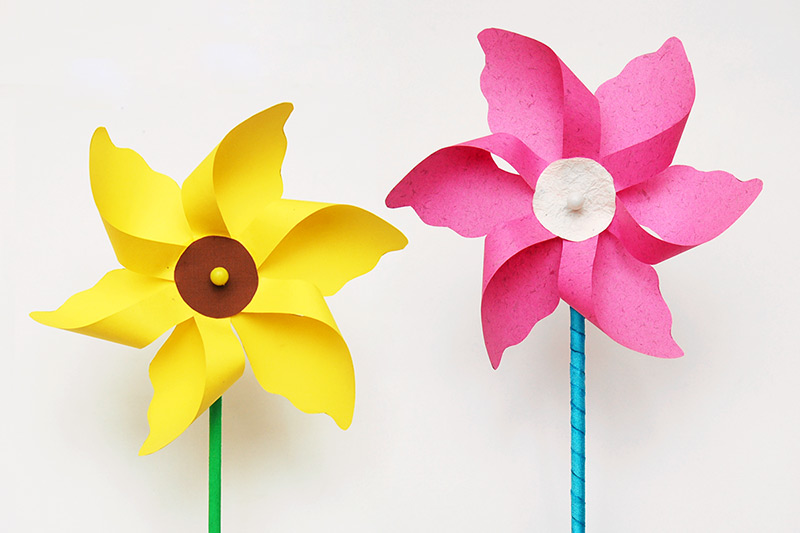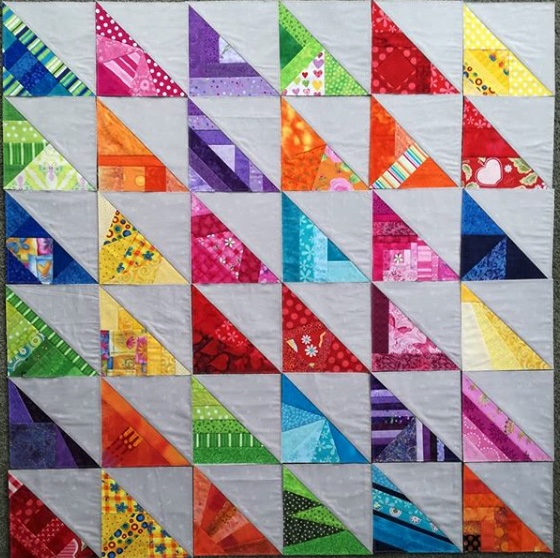
You may have ever saved a jigsaw piece of puzzle work and later returned to it. Premium members have the ability to do this. Premium members can access thousands of puzzles, save puzzles as they are being solved, and many other amazing features. You can read more about it below. These are some of our Premium Members' options for using saved jigsaws. You should ensure the size of the puzzle that you are working on.
Dimensions of the jigsaw Puzzle
Before you start assembling a jigsaw puzzle, you should know its finished size. Most puzzles include a description of the size of your finished product on the box. If the puzzle is large enough to cover a table, consider assembling it in a quiet area. A card table could be another option. To avoid tripping over the puzzle pieces, you can use a puzzle mat to place it on.

Final image size
Six million pixels is the standard size of a picture taken with a digital camera. A jigsaw puzzle requires four to six megapixels. A higher number means better picture clarity. A saved jigsaw will produce a larger image. For help, refer to the help menu on your puzzle program. It should be between 2000 and 2000 pixels. Higher numbers mean that it will take longer for the image to load on smaller screens.
Piece width
When you're ready to start working on your next jigsaw puzzle, there are a few things you should know. The first thing to do is remember that pieces are different sizes so you need to adjust the piece width. For example, if you have a jigsaw puzzle with a piece width of 0.7 inches, you should adjust the size of the piece accordingly.
Part shape
If you've ever bought an jigsaw and been disappointed you'll see that the pieces can often be distorted. These odd-shaped pieces usually have flat sides and no corners. This puzzle, which I found in Sudan, has great pieces and no corners or sides. This puzzle was donated to a school near Khartoum in Sudan. It hangs in the school’s front office.
Status display for jigsaw puzzle
During your puzzle-playing session, you can check the status of a saved jigsaw puzzle in the Status display. This displays how long it takes to complete the puzzle. The timer will show how long it takes to complete if there are still pieces. This option allows you to view the timer's value. It is also saved with the puzzle. You can see the time and whether the puzzle has been completed.

You can resume work on a previously saved jigsaw.
You might wonder how to restart work on a partially-finished jigsaw. This is a common question, as many of us save partially finished jigsaw puzzles on our dining room table. How can we get back to the puzzle after a few days? These are some suggestions. Read on to learn more.
FAQ
Why do we need hobbies
Hobbies play an integral part in our lives. It allows us to unwind and recharge, think creatively, exercise, socialize, have fun, and allow us to enjoy life. Hobbies offer opportunities to develop new skills as well as life-long interests.
Hobbies give us meaning and purpose in life.
They are great for spending your free time when there's not much else.
They're even fun!
If you don’t have the time to do a hobby, you likely don’t have any other hobbies.
Consider all of the possibilities available to your. You might consider starting a hobby if you don't already have one.
Which hobbies are most in demand right now?
Popularity isn't always a good thing. It can be used to justify mediocrity. The fact is that most people do not have time to pursue any hobby they want. They are too busy working to make ends meet. What can you do if your time is limited? You could start a business.
But it's not an easy task. Before you can make your idea a reality, there are many hurdles to overcome.
A hobby is a great option if you're looking to do something different than run a business.
Hobbies aren't just limited to creative pursuits. There are many kinds of hobbies. Some of these include:
-
Gardening
-
Cooking
-
Photography
-
Reading
What does a hobby cost?
A hobby costs nothing but time. If you're serious about your hobby, it can take you years to get what you want.
However, there is something that can help. It's called passion'. Passion will help you put in the effort to succeed.
And once you start putting in those hours, you may find that you become addicted to the activity. And this is where the real fun begins! You are now doing something that you love and getting better every day. By the end of the year you'll have probably made a lot of progress.
Don't be too concerned about how long it takes. Don't be afraid to try. You might be surprised by what you find!
How can I get started in my new hobby?
You must decide what hobby you want before you start any new hobby.
Once you've chosen your subject, you need to be passionate about it.
It's important to understand why you want to start a particular hobby. This will help you find direction and a purpose.
Once you decide what kind of hobby you want, you can start planning.
You should think about the equipment you'll need.
Consider whether you need to attend classes or seminars.
Make sure you have enough space for your hobby.
You might also consider joining a club. These groups can offer support and guidance.
Consider how much money you would have to spend on your hobby.
What are some good hobbies ideas?
You can find the best hobbies that you love doing for yourself. You will find it easier to stay motivated if you love what your doing. You'll also have an excuse when you're not feeling well or tired!
Hobbies that we all know and love include gardening, painting and crafts, photography, cooking, sports and games, reading, music, film-making, collecting, cycling, walking, dancing, writing, playing instruments, etc.
Volunteering could be a great option.
Perhaps you want something more adventurous. Consider scuba diving and skydiving.
There are many other ways to spend time outside. You can go cliff diving, cave tubing or snowshoe hiking, snowshoeing or snowkiting.
What are competitive hobbies, you ask?
You can compete in running, swimming or cycling as well golfing or tennis.
They're often enjoyed by people who are active and want to socialize.
You will probably find people around you who have the same hobby as you, if you are into physical activity.
This could be as simple as joining a sports club where you play regularly together.
You may also want to play in a team game, where you are playing with others.
These include cricket, football, netball, hockey, netball, soccer, rugby, cricket, rugby, batsball, hockey, volleyball, badminton squash, handball and table tennis.
There are many types competition.
Some competitions are organized for purely recreational purposes.
Others are used to assess competitors' abilities.
Others are also designed to reward exceptional performance.
In these cases, winners receive prizes.
Other competitions test strength and endurance.
These are known endurance events.
For example, marathon races, triathlons, Ironman Triathlon, etc.
Athletes often train hard before competing in these events.
To prepare their bodies and minds, they will have to adhere to a strict training plan.
They might need to travel some distance during preparation.
It is important to remember, not all athletes will compete in every type and event.
Where can I get free resources to learn more?
There are many websites that help people find new hobbies.
Here are some of our favorites:
www.trythisathome.com - This site provides a list of over 100 different hobbies. It also includes information on how to get started on each one.
www.hobbyfinders.org - This site offers a database of thousands of activities that you can search by interest, skill level, location, and more.
www.indiebazaar.co.uk - IndieBazaar is an online marketplace designed specifically for independent artists and musicians. The site sells hundreds of items, including artwork and music gear.
www.pinterest.com/explore/hobbies - Pinterest is a social media network that lets users "pin" images they find interesting onto their boards. Boards allow users to organize things they like into specific categories.
www.reddit.com/r/Hobbies Reddit allows users to share links to articles, videos and other content on their social media platforms. Voting allows users to vote for the most valuable posts.
Statistics
- Almost 80% of people claim to have no hobby. (hobbylark.com)
- A new survey by Pew Research Center of teens ages 13 to 17 finds that 36% of girls feel tense or nervous about their day every day; 23% of boys say the same. (pewresearch.org)
- In comparison, men in the “no humor” condition were refused 84.6% of the time and were only accepted 15.4% of the time. (time.com)
- The intensity of the dialogue partners' bond at the end of the forty-five-minute vulnerability interaction was rated as closer than the closest relationship in the lives of 30 percent of similar students. (time.com)
- 37% Video Games 36% Travel 36% Health and Fitness (quizexpo.com)
External Links
How To
How to start gardening
Gardening has been around since the dawn of agriculture. You need patience, perseverance, and determination. First, choose a place where you would like to grow food. It could be large land, or just your backyard. Next, decide what type of plants you want to grow. Are you more fond of flowers or vegetables? Some people are passionate about growing herbs, while others like raising livestock like rabbits. Before you decide on the type of crops you want to plant, it is important to consider the space available. If you live somewhere that has cold winters, it might be a good idea to grow berries or fruits.
Once you have chosen what you will be planting, you must take some time to prepare your soil. Soil is essential in determining whether your plants will thrive or fail. The soil should be rich in organic matter to provide nutrients for your plants' roots. Organic matter includes leaves, twigs (grass clippings), manure, compost, and manure. After you have prepared your soil you must add nutrients. The type of plant you intend to grow will dictate the amount of nutrients you need. Online fertilizer calculators can be used to determine these values. There are many fertilizers to choose from, so it is important that you are familiar with the product you are using.
After preparing your soil and adding the proper nutrients, you now need to wait until your seeds germinate. This process usually takes anywhere from 2 weeks to 3 months, depending on the weather and the temperature in your area. After your seeds sprout, it is important to water them frequently. Watering your plants too little or too often can cause problems. Overwatering can cause problems. Overwatering could lead to root rot as well as fungal diseases. Consider that plants generally need less water in the warmer months than they do in winter. Some plants must be dried out after being watered. For example, tomatoes need to stay slightly moist but not wet. They don't like to sit in soggy soil. After they have finished flowering, they must go dormant. The time when plants stop producing new life and store energy for the next season is called dormancy. During dormancy, the plant stops sending signals to its roots telling them to produce food. The plant continues to store energy during this time. However, the plant will die if temperatures drop below freezing or there is insufficient sunlight.
If you live in an urban environment, you may find yourself limited in the kinds of plants that you can grow. Concrete sidewalks, roads, buildings and parking lots are all common in urban areas. These blocks block sunlight from reaching ground level. Concrete absorbs light, preventing the soil underneath from getting adequate sun exposure. This is why many plants cannot thrive in cities. There are many plants that can survive in urban environments. Many trees, shrubs, and perennials can adapt to city living. Many annuals are also possible to grow indoors in containers. You can bring greenery inside your home all year round, regardless of the weather.
Now that you have decided where to place your garden, chosen what you will grow, and prepared your soil, you are ready to plant!